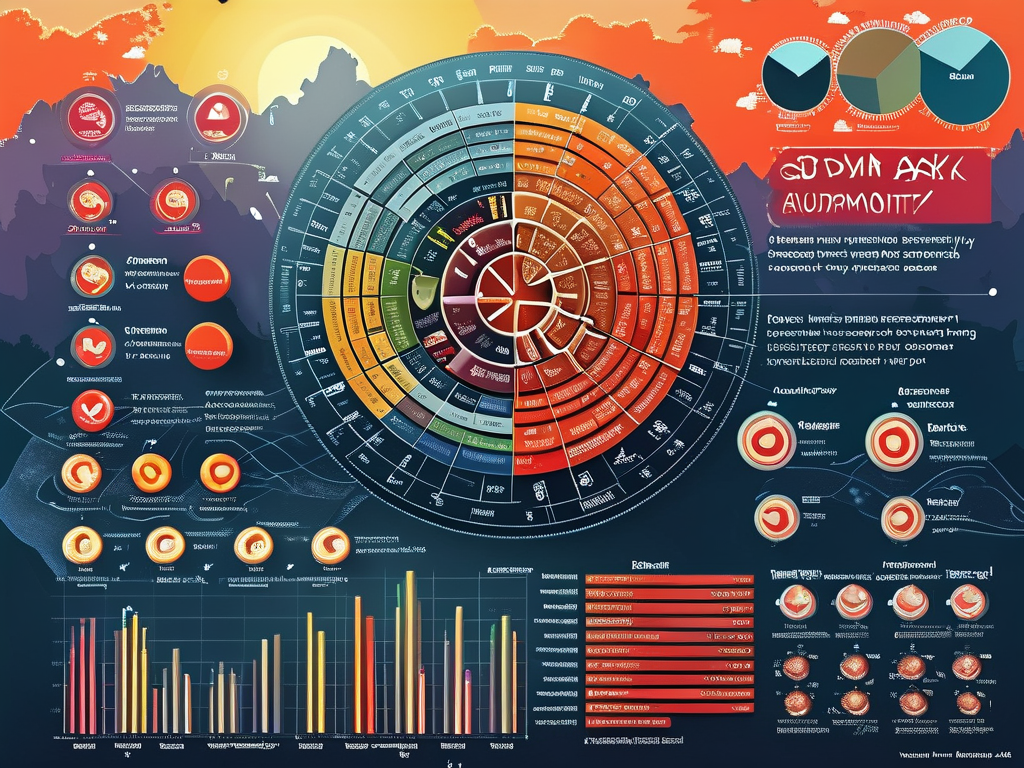In the era of digital transformation and climate-conscious innovation, the role of a Big Data Cooling Engineer has emerged as a critical yet underappreciated profession. Combining expertise in data analytics, thermodynamics, and industrial systems, these engineers specialize in optimizing cooling solutions for data centers, AI infrastructure, and high-performance computing environments. As organizations prioritize energy efficiency and sustainability, the demand for skilled professionals in this niche field has surged—and so have their salaries. This article explores the factors influencing the earnings of Big Data Cooling Engineers, regional salary disparities, and the future trajectory of this hybrid career path.

The Intersection of Big Data and Cooling Systems
Modern data centers consume vast amounts of energy, with nearly 40% of operational costs attributed to cooling alone. Big Data Cooling Engineers address this challenge by leveraging predictive analytics, machine learning models, and IoT sensors to design energy-efficient cooling systems. Their work ensures that servers operate at optimal temperatures while minimizing carbon footprints. This unique blend of skills—spanning software programming, mechanical engineering, and environmental science—positions these professionals at the forefront of sustainable tech innovation.
Salary Determinants for Big Data Cooling Engineers
- Technical Proficiency: Mastery of tools like Python, MATLAB, and computational fluid dynamics (CFD) software significantly boosts earning potential. Engineers who integrate AI-driven predictive maintenance into cooling systems command premium salaries.
- Industry Demand: Sectors such as cloud computing, cryptocurrency mining, and AI research heavily rely on data centers, driving competition for talent. Companies like Google, Amazon Web Services, and Microsoft aggressively recruit these specialists.
- Geographic Location: Salaries vary widely by region. In the U.S., engineers in tech hubs like Silicon Valley earn $120,000–$160,000 annually, while those in emerging markets like India or Brazil may see ranges of $30,000–$60,000. Europe offers mid-tier averages of €70,000–€90,000.
- Experience and Education: Entry-level roles often require a bachelor’s degree in mechanical engineering or computer science, with starting salaries around $80,000. Senior engineers with PhDs or certifications in sustainable design can exceed $200,000.
Case Study: The Role of Certifications
Certifications such as ASHRAE’s Data Center Cooling Specialist or AWS Certified Solutions Architect enhance credibility and salary prospects. For example, a mid-career engineer in Germany reported a 25% salary increase after obtaining an energy efficiency certification, highlighting the value of continuous learning.
Challenges and Future Outlook
Despite attractive salaries, the role faces challenges. Engineers must stay updated on evolving regulations, such as the EU’s Energy Efficiency Directive, and address the physical limitations of cooling technologies in hyper-scale data centers. However, the global push toward net-zero emissions and 5G expansion ensures long-term demand. Analysts predict a 15% annual growth in job openings through 2030, with hybrid roles integrating renewable energy systems (e.g., liquid cooling powered by solar energy) becoming mainstream.
Big Data Cooling Engineers occupy a vital niche in the tech ecosystem, balancing operational efficiency with environmental responsibility. Their salaries reflect the specialized knowledge required to navigate this intersection, with top earners leveraging cross-disciplinary skills and industry certifications. As data consumption grows exponentially, this profession will remain indispensable—and lucrative—for years to come.









